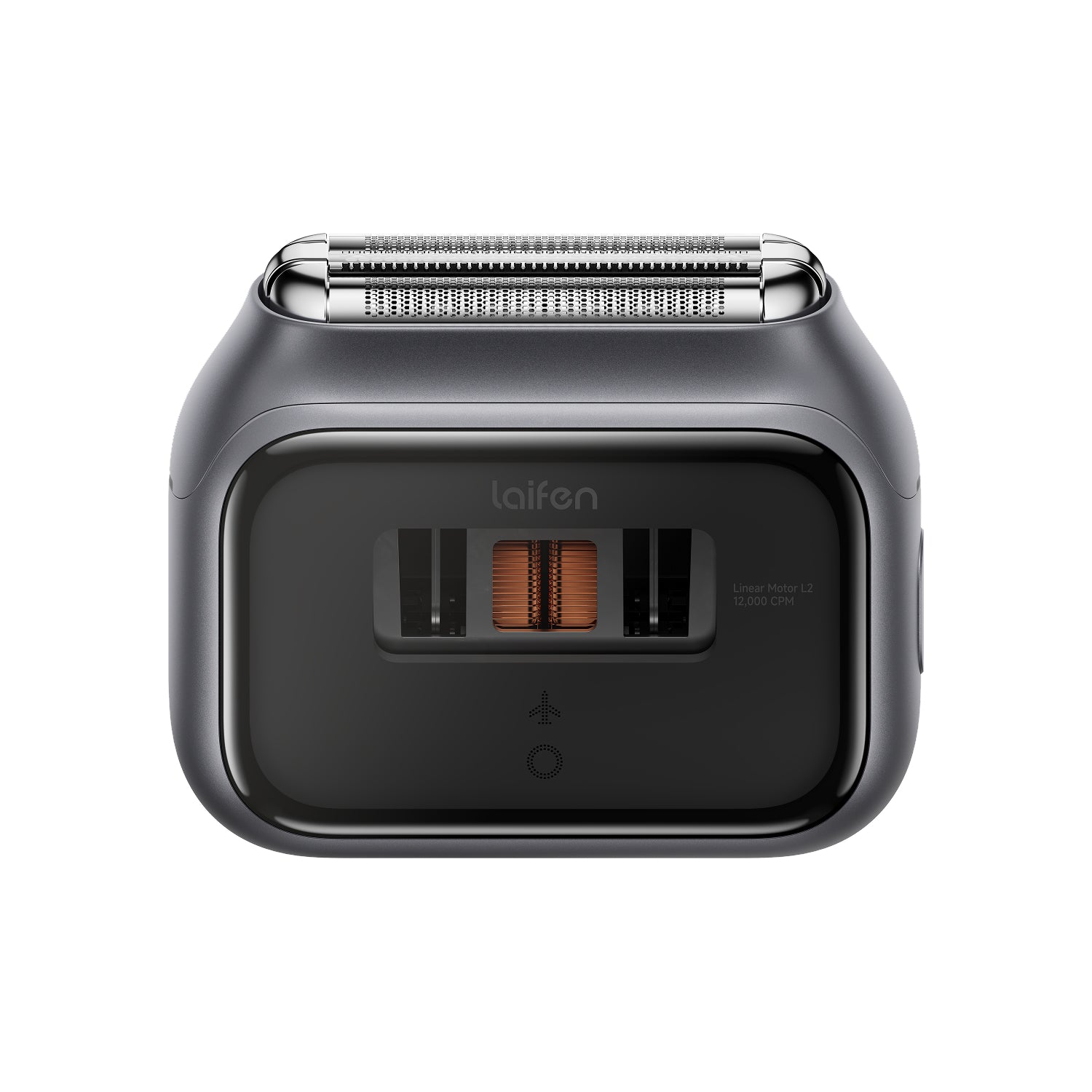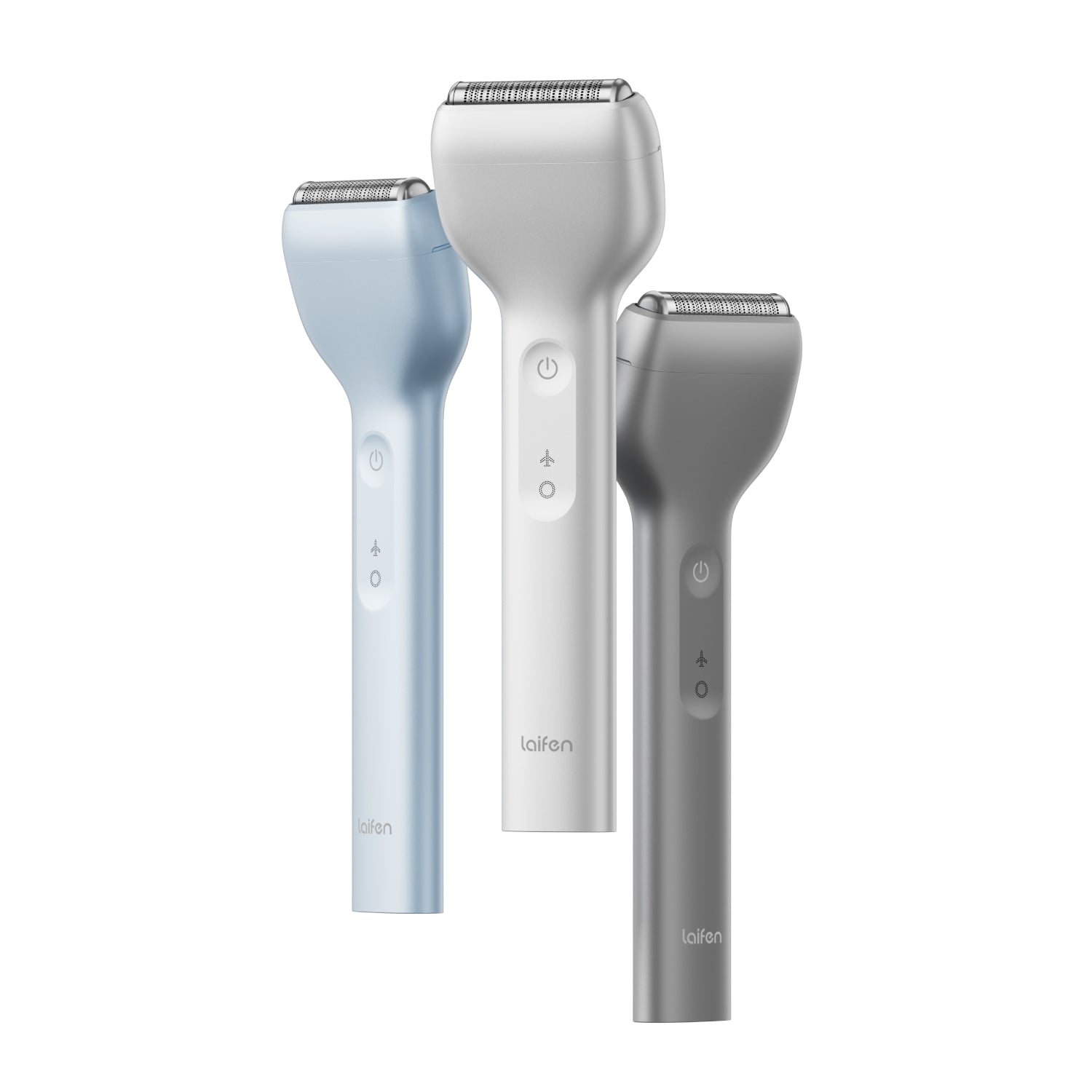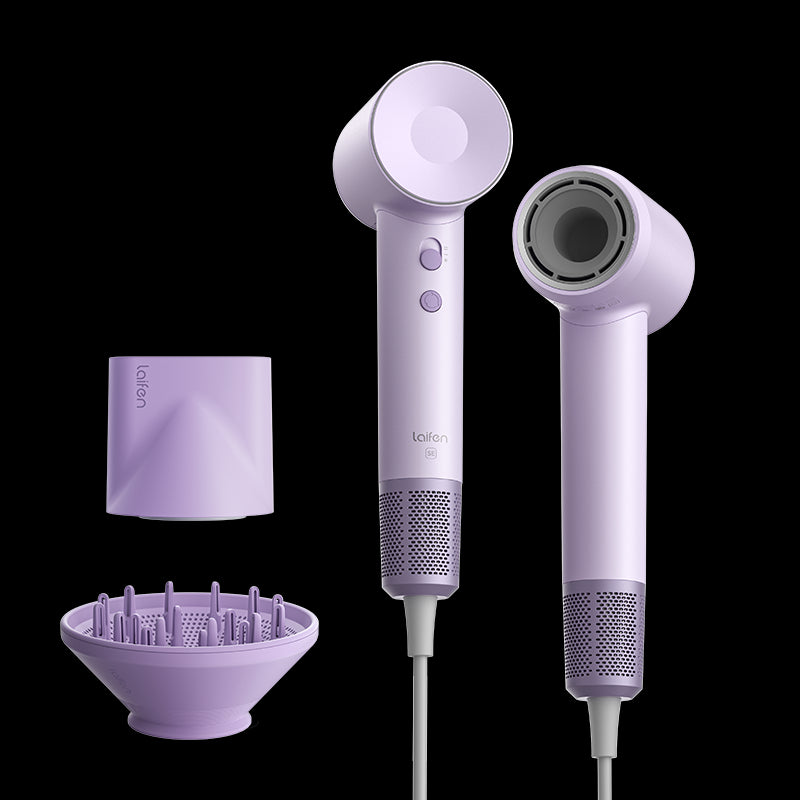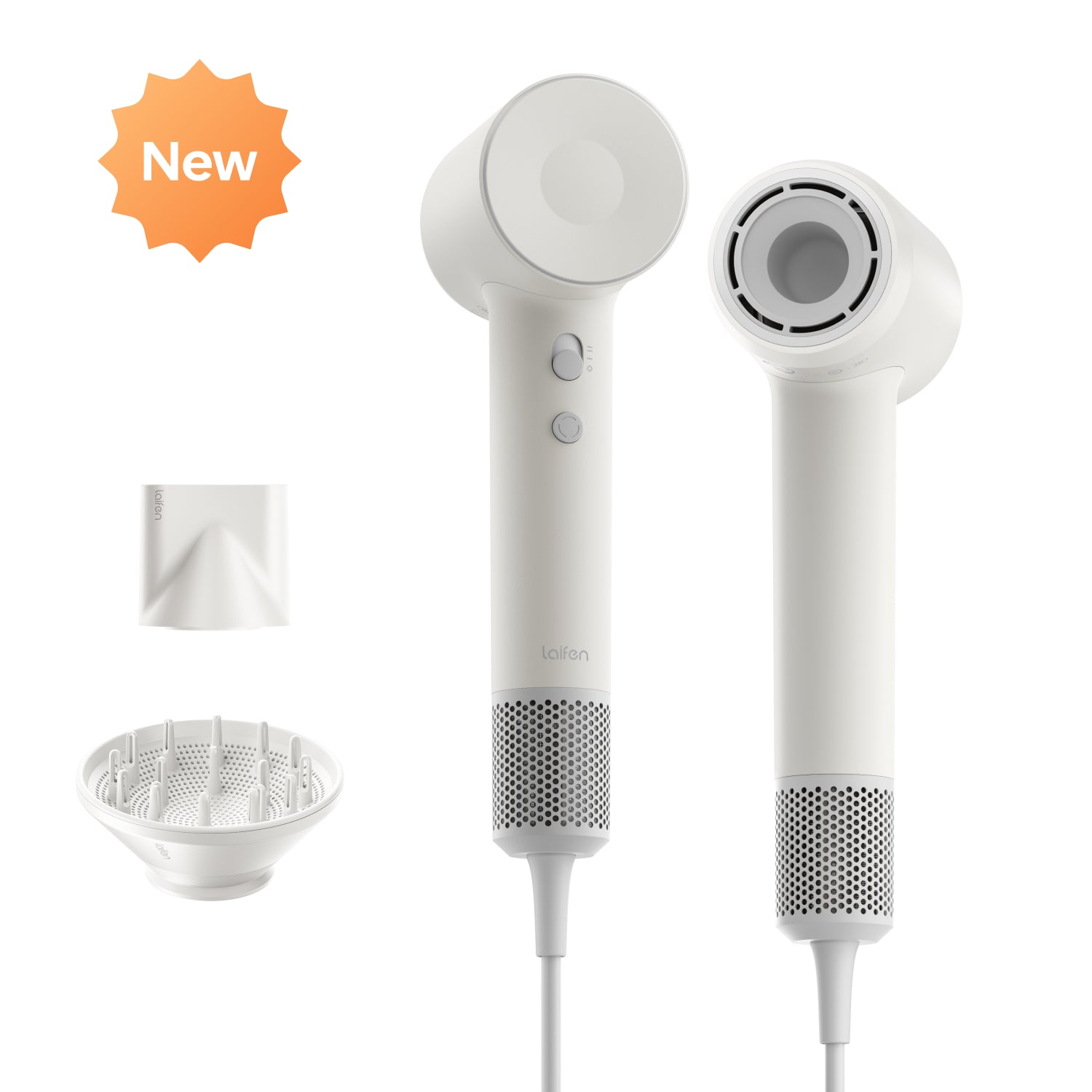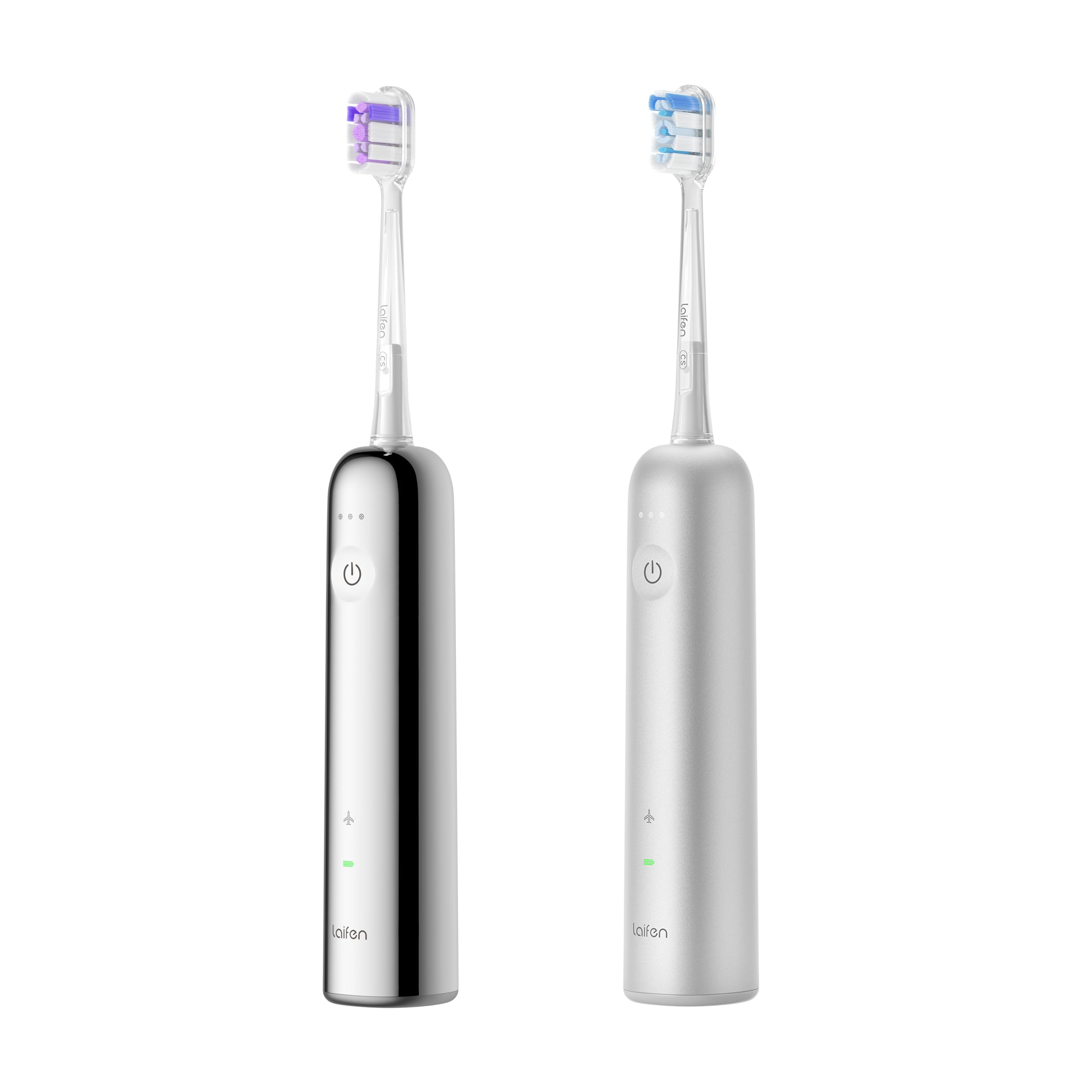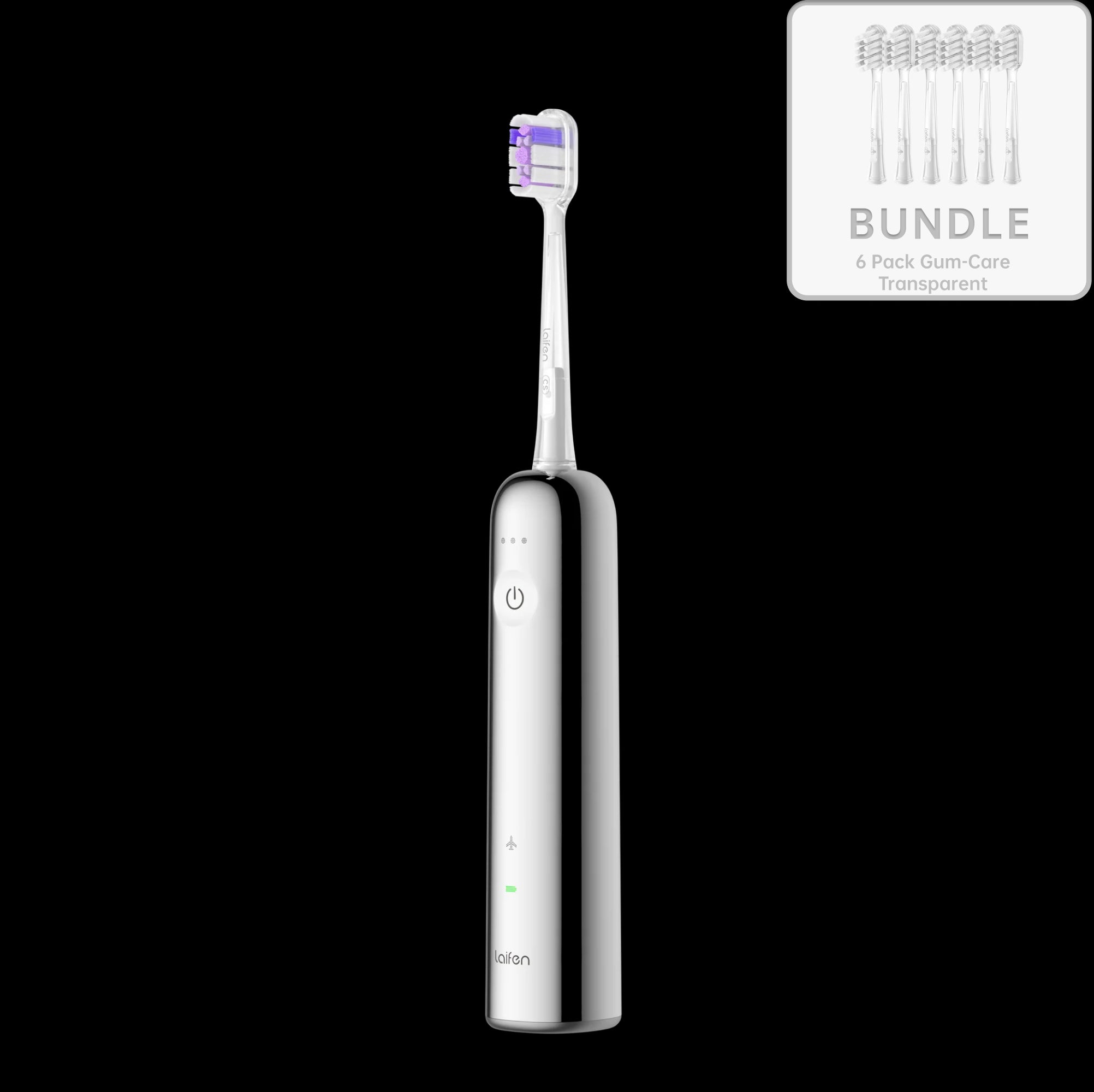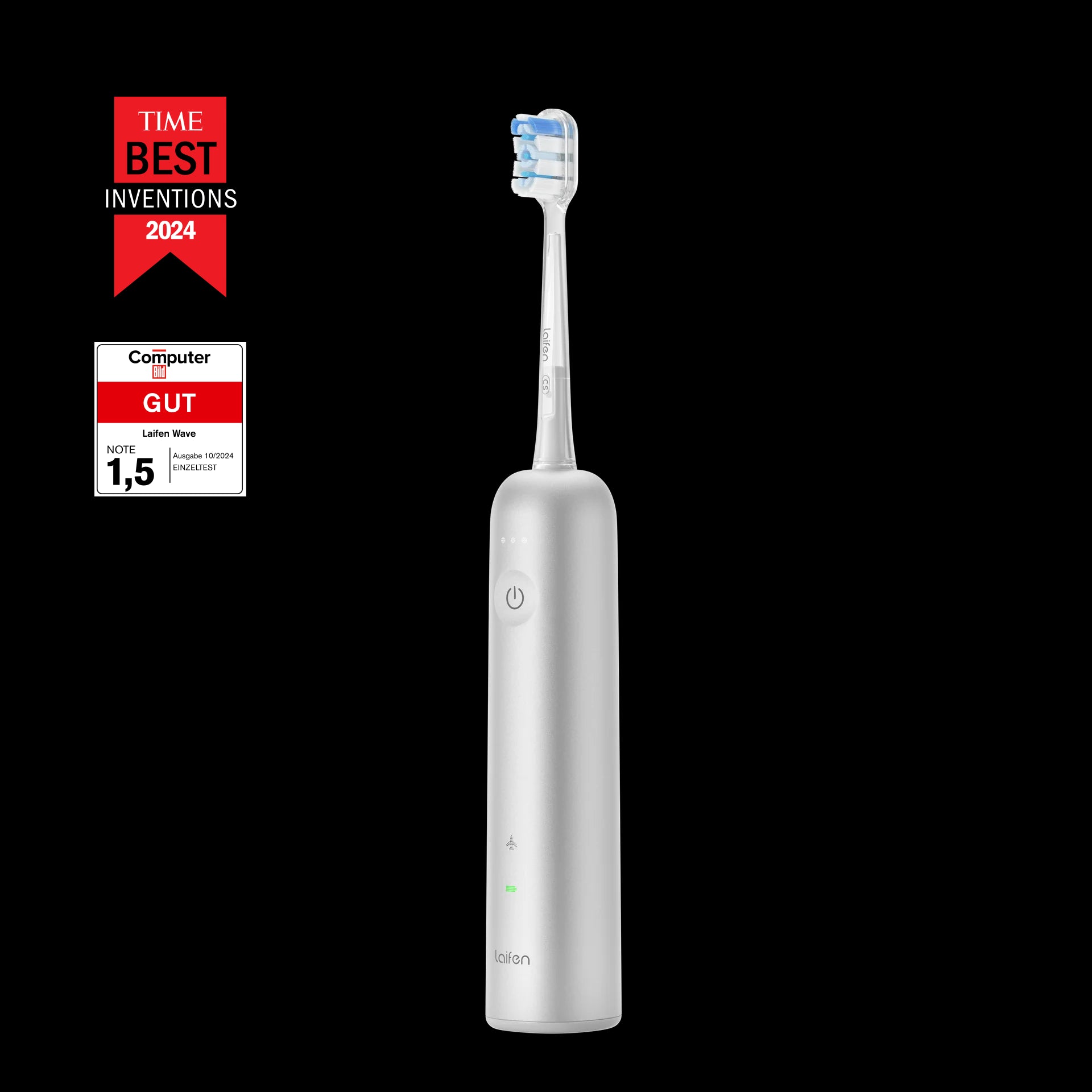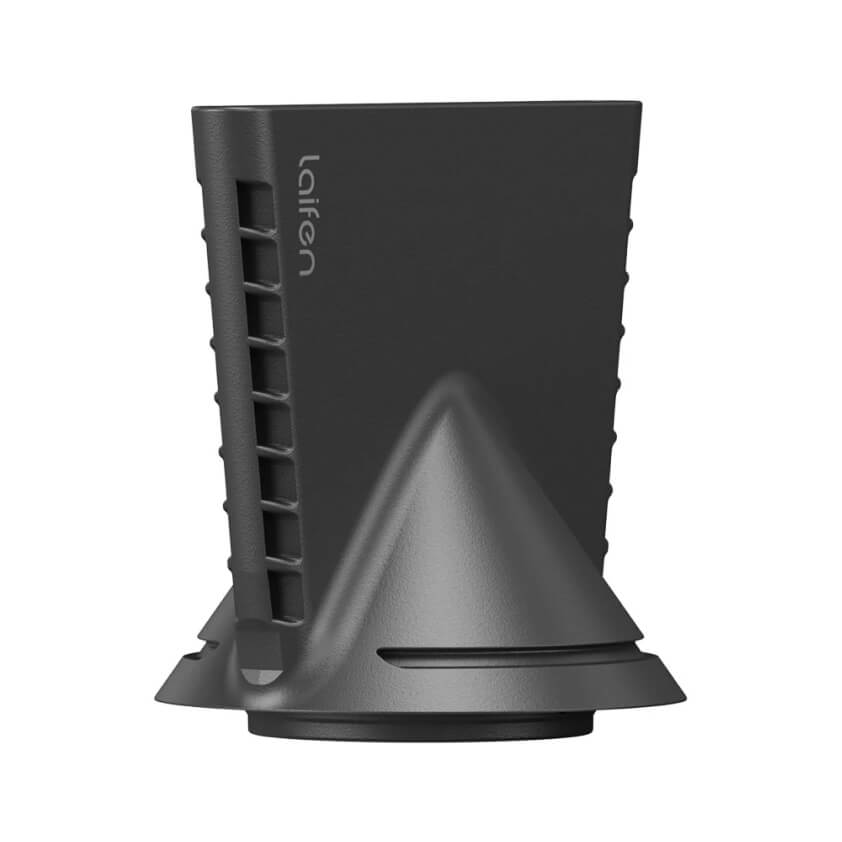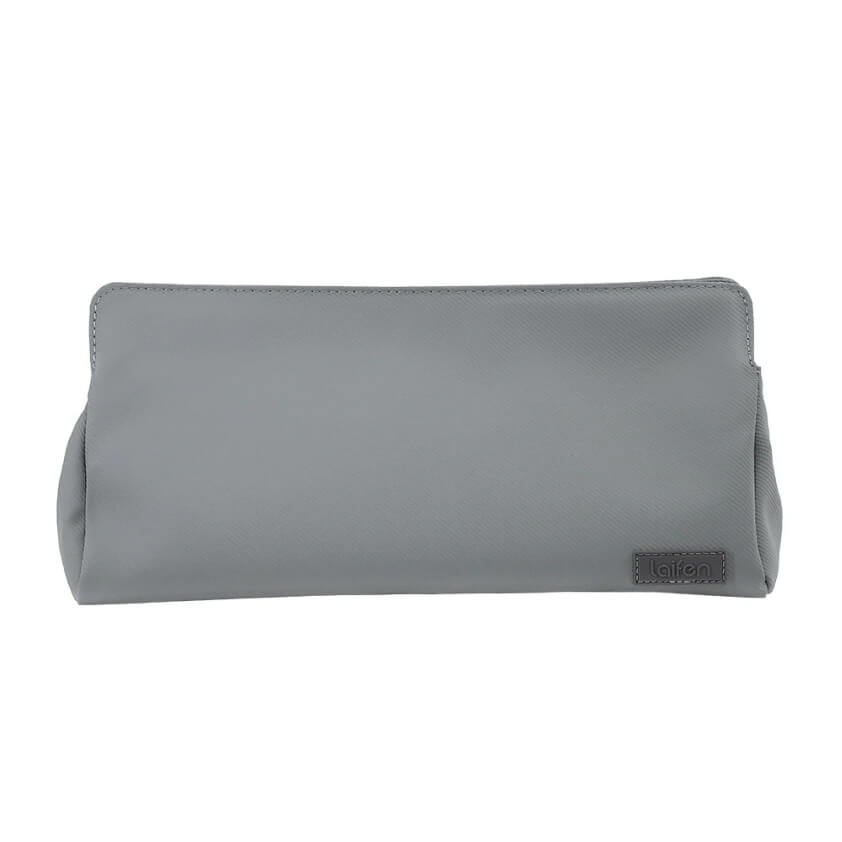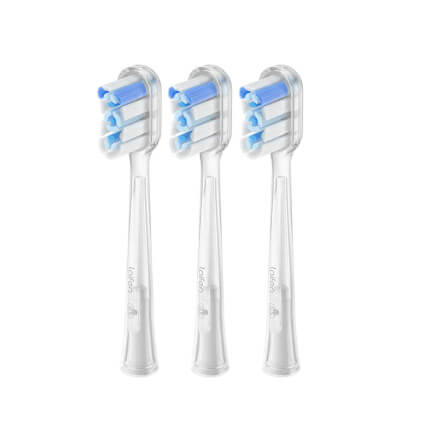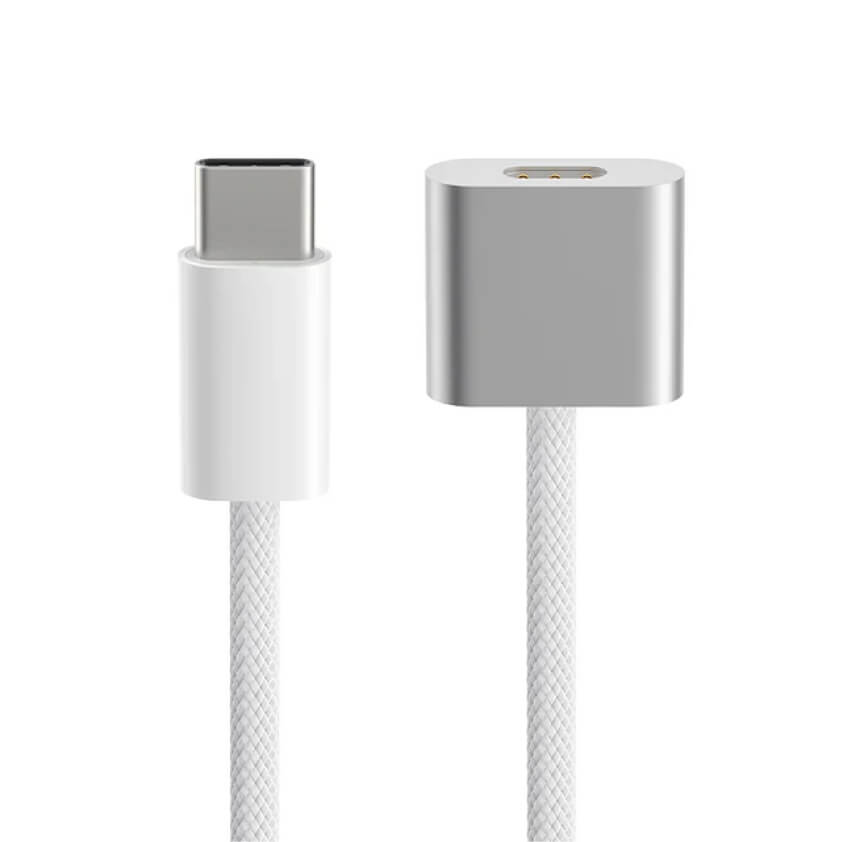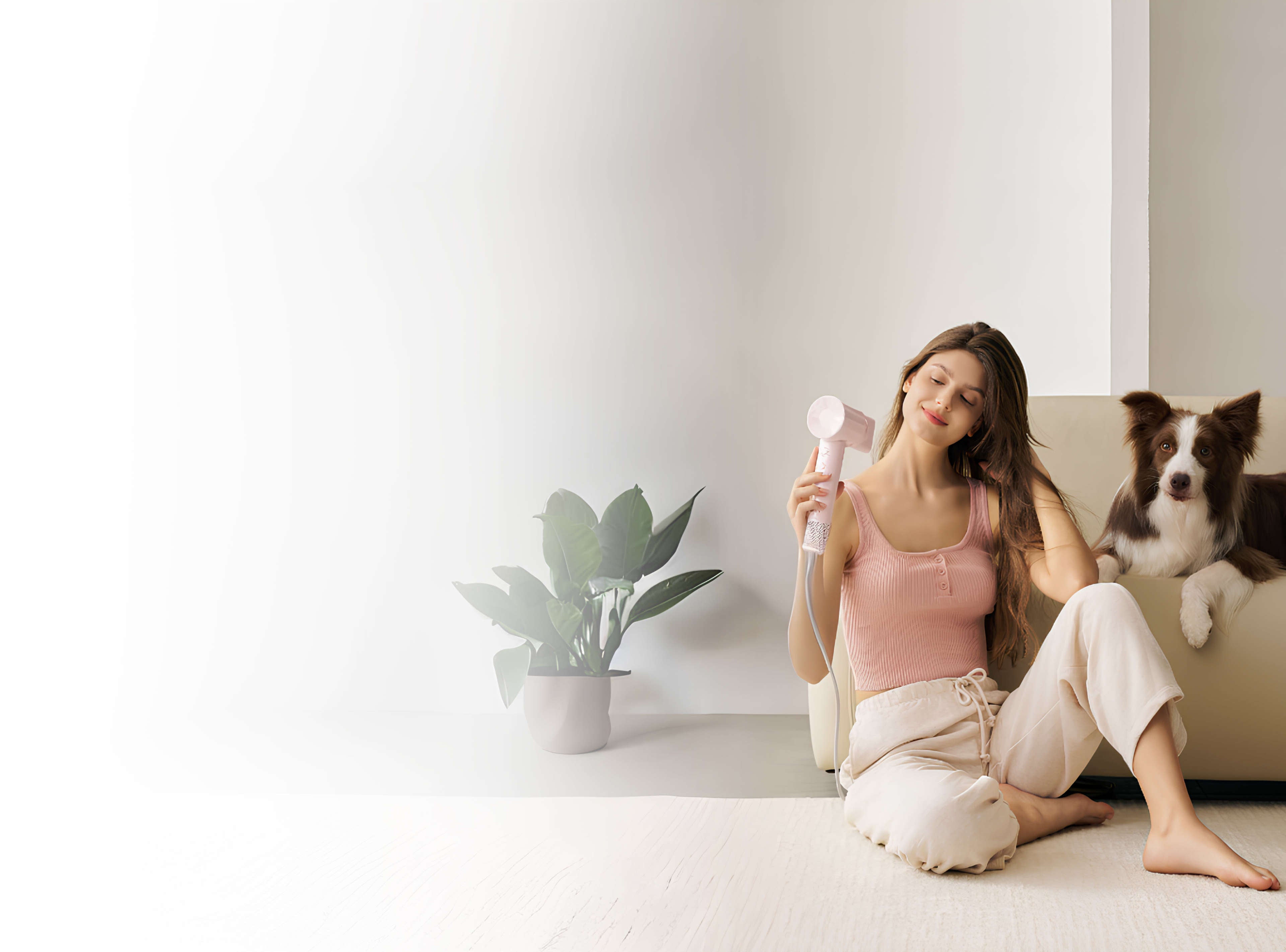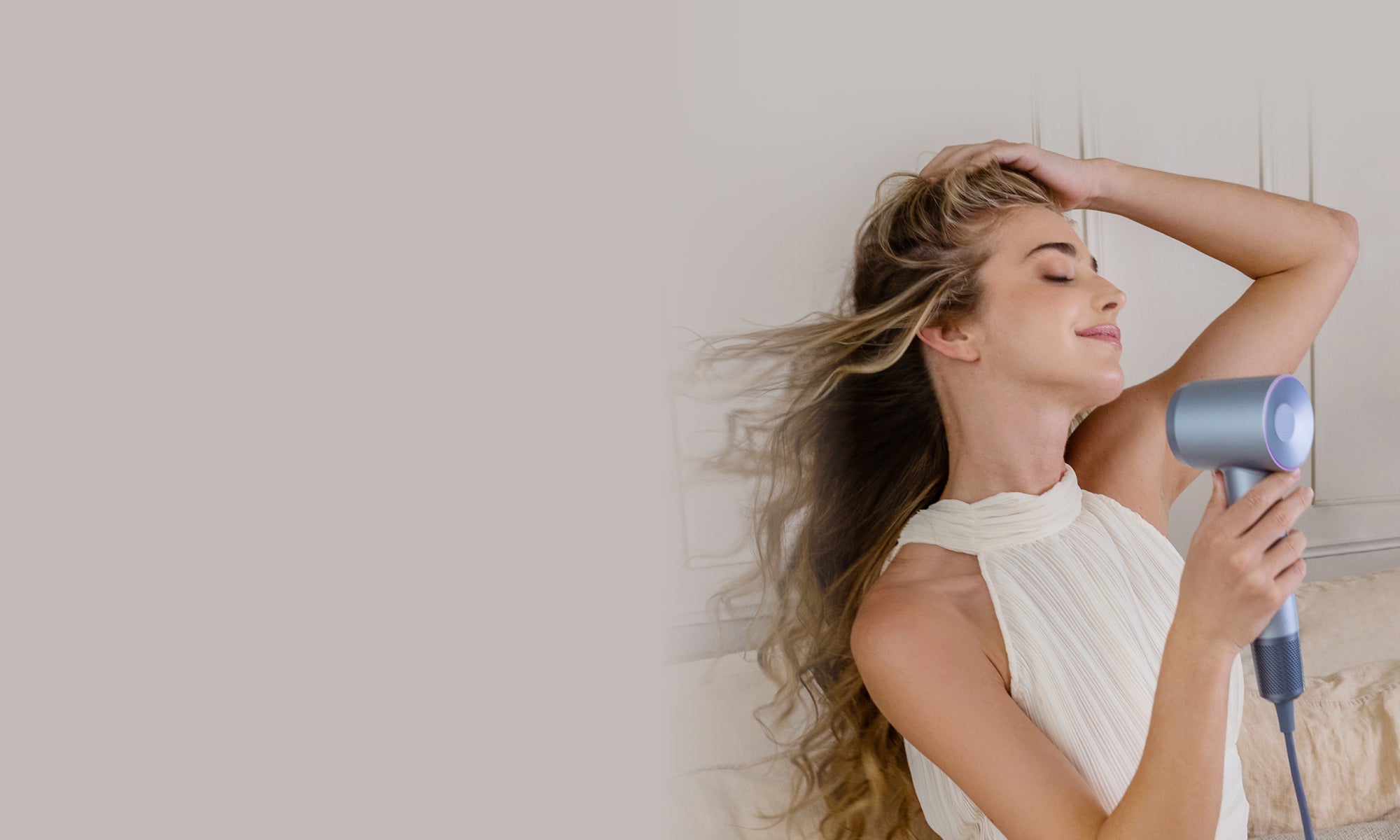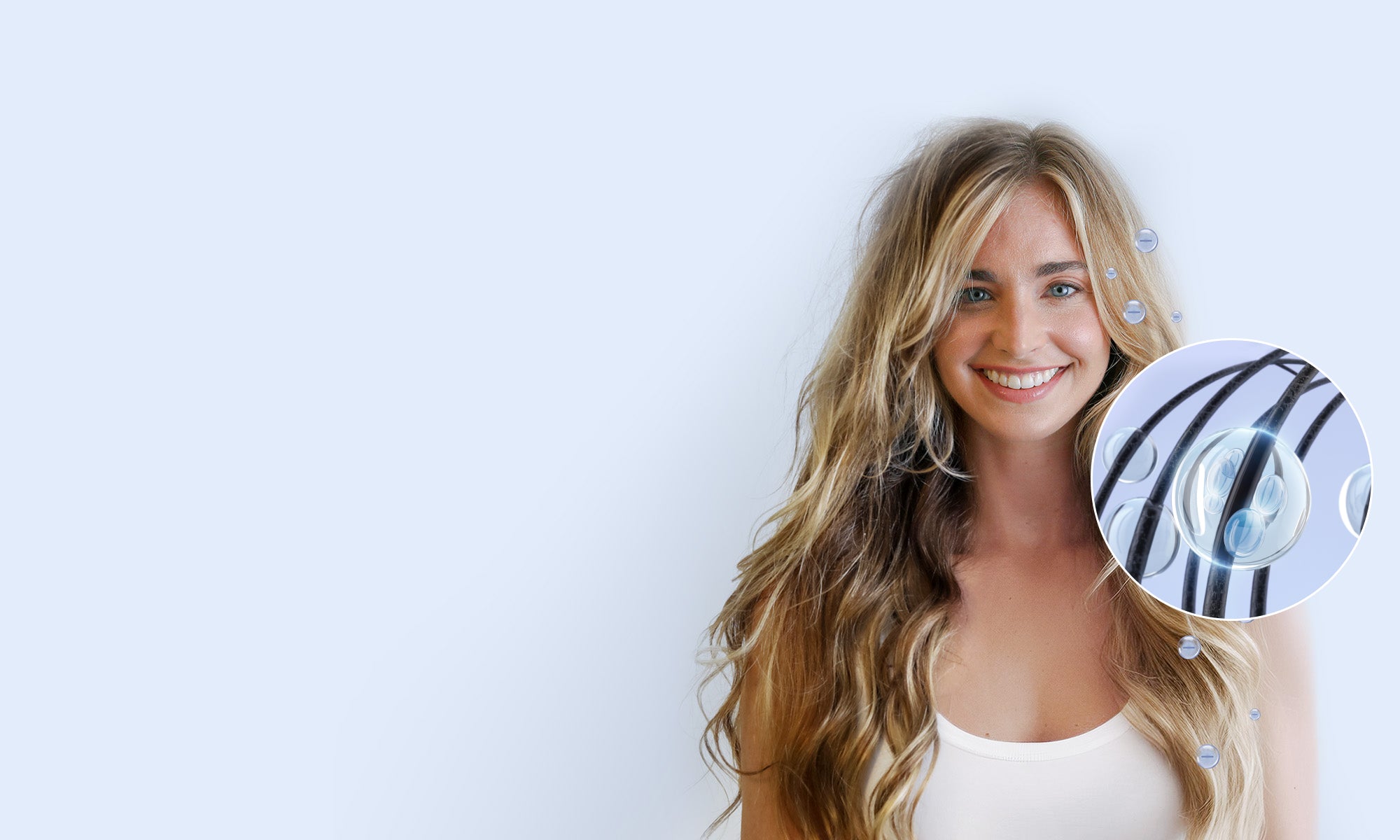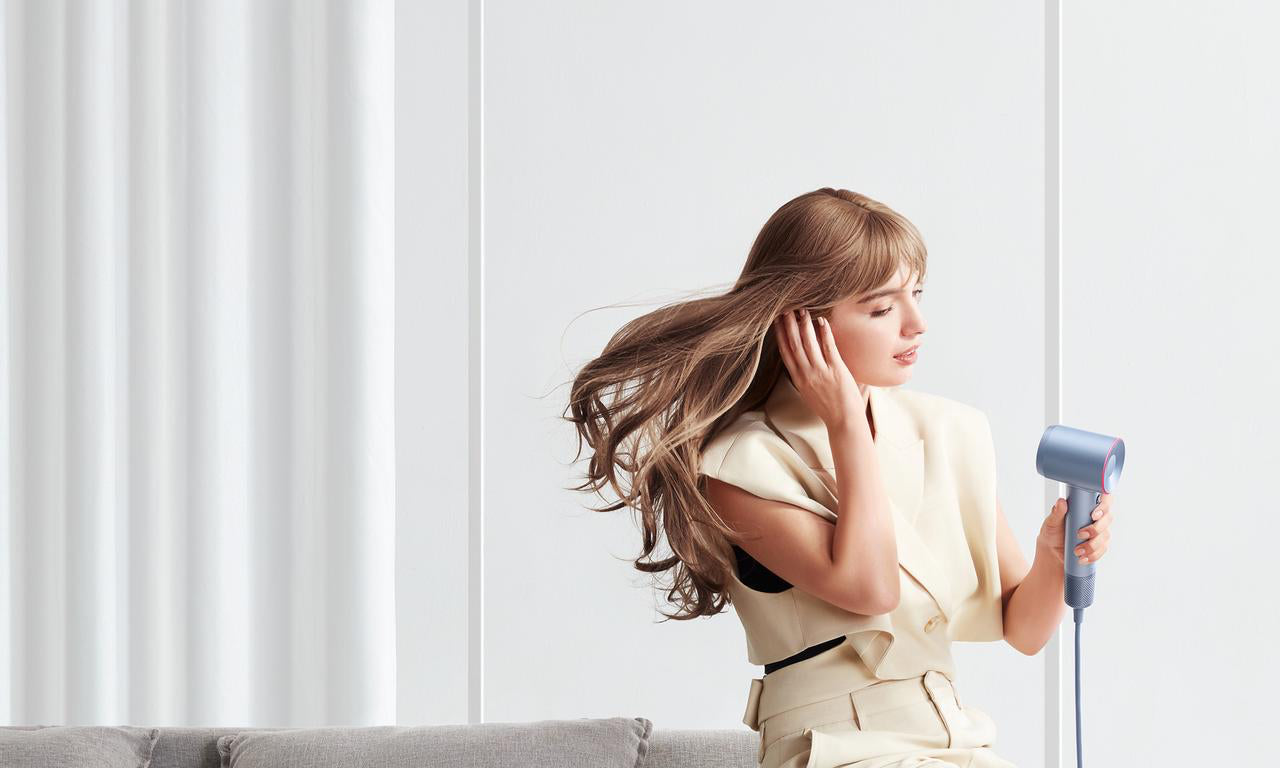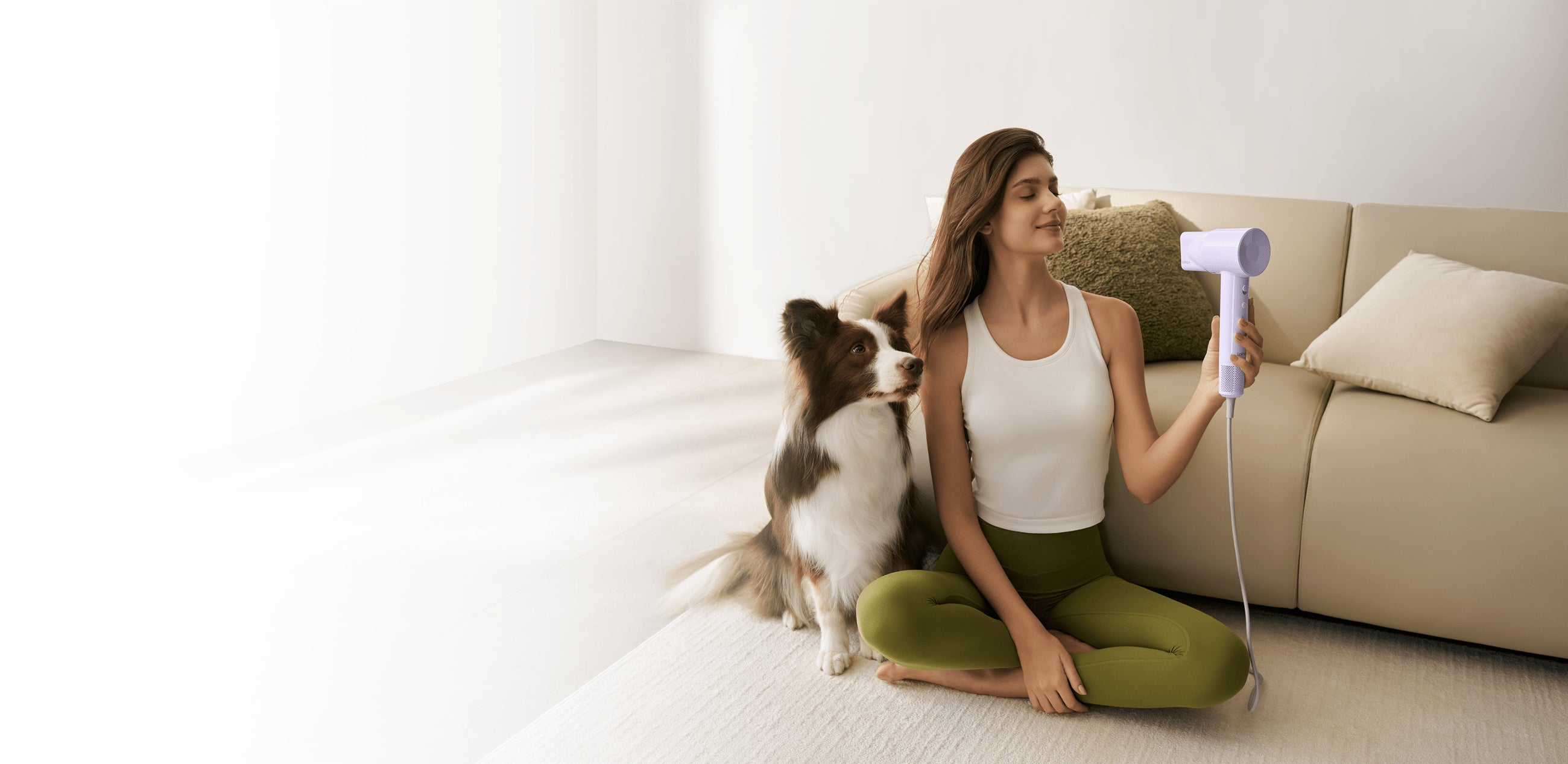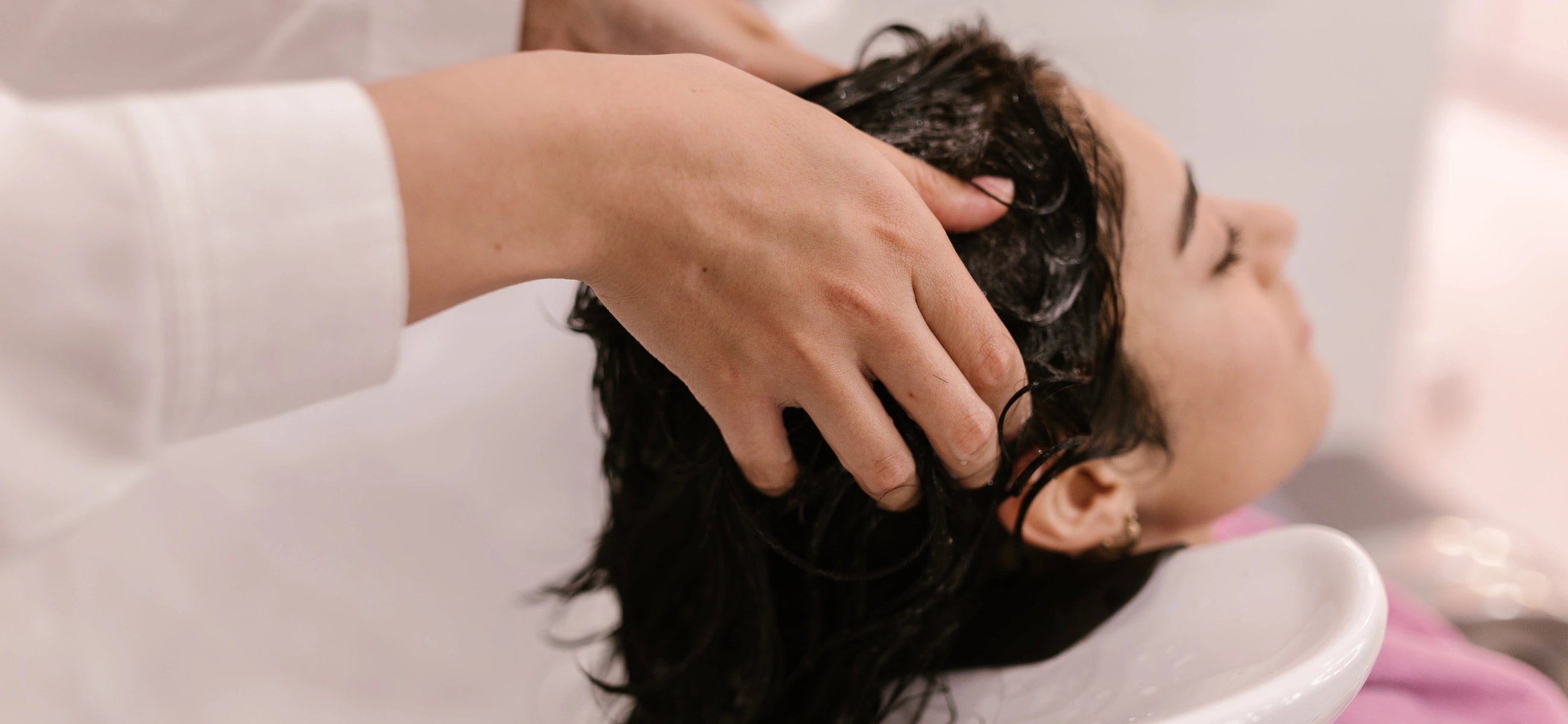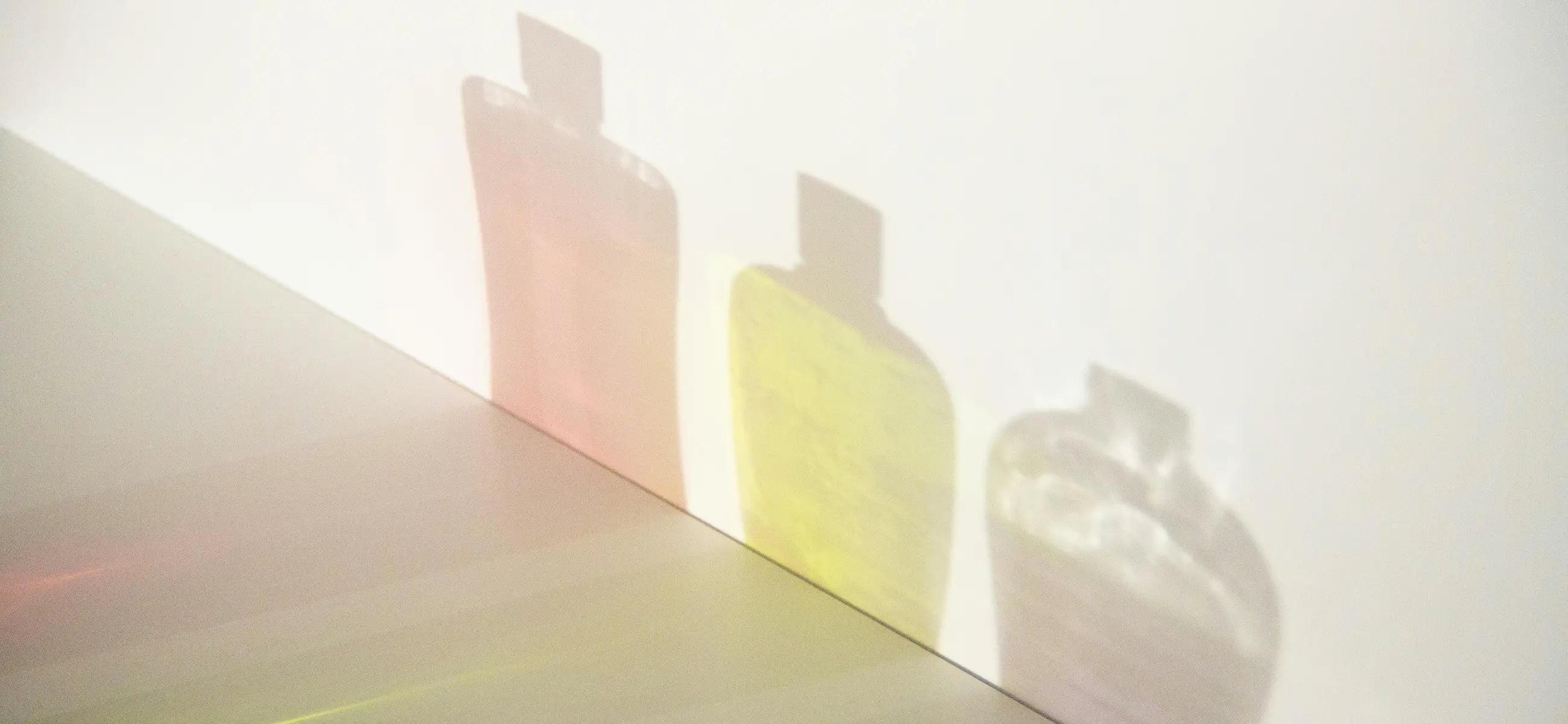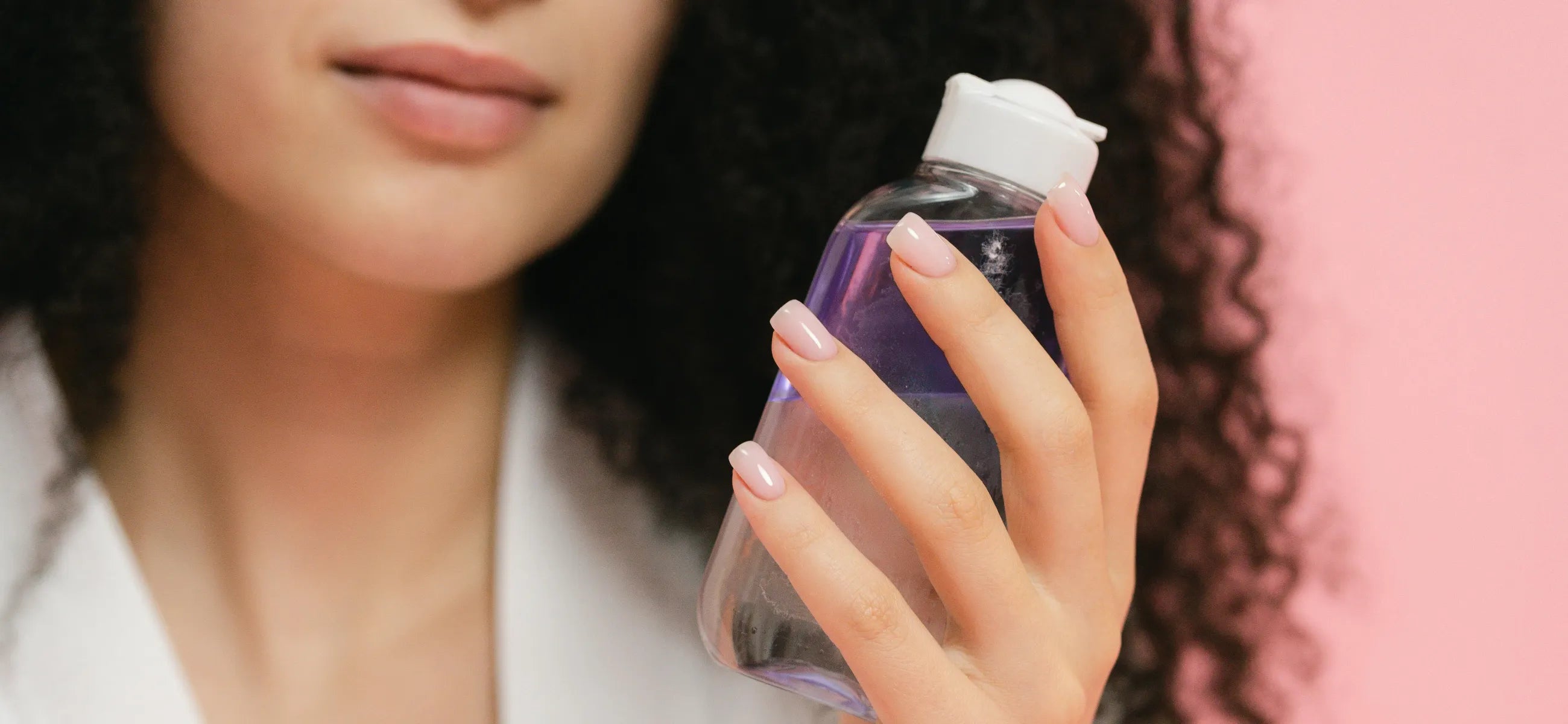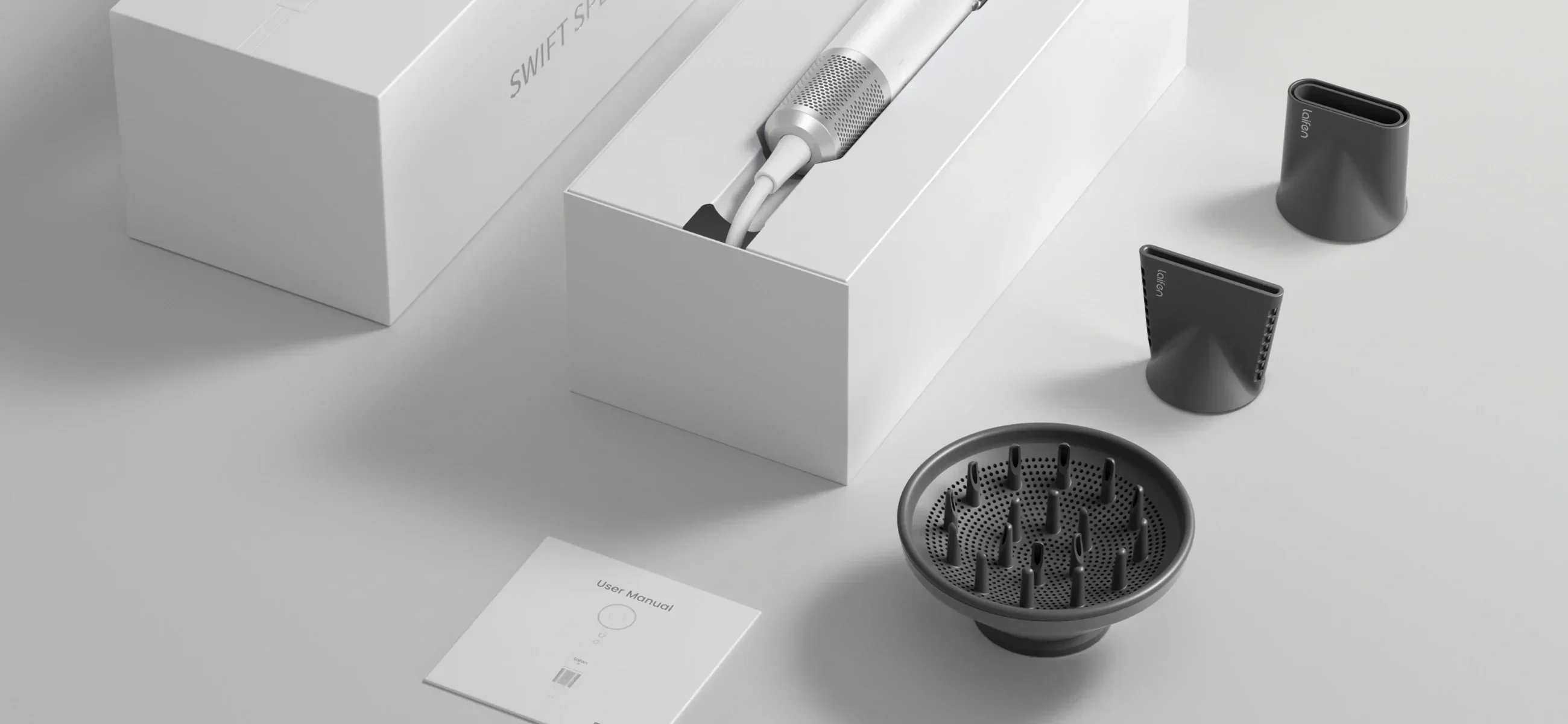
In this article
If co-washing isn’t on your radar yet, it absolutely should be. Short for “conditioner washing,” this unconventional cleansing method ditches traditional shampoo in favor of a more nurturing, moisture-retentive approach. Instead of harsh detergents that can strip your strands, co-washing uses conditioner to purify while replenishing hydration. But its benefits extend beyond just curls. If you’re intrigued but unsure where to start, this guide will unravel the essentials. Just embrace co-washing like a pro!
What is co-washing
Co-washing, short for “conditioner washing,” is a hair-cleansing method that skips traditional shampoo in favor of using only conditioner to wash your hair. Think of it as a balance between a full wash and a refresh, so your hair won’t feel squeaky clean, but it also won’t be weighed down by excess oil. This technique is especially popular among those with curly, wavy, or coily hair, as it helps maintain moisture and definition without the drying effects of frequent shampooing.
Can you use regular conditioner as a co-wash
Yes, you can use regular conditioner as a co-wash, but whether you should depends on the formula. Traditional conditioners are designed primarily to moisturize and soften, not to cleanse, which means they might not effectively remove dirt, oil, and product buildup. While some silicone-free conditioners can work as a co-wash in a pinch, they often lack the mild cleansing agents found in dedicated co-wash formulas.
Regular conditioner vs. Co-wash: What’s the difference?
|
Feature |
Regular conditioner |
Co-wash product |
|
Cleansing power |
Low – not designed to remove buildup |
Mild – formulated to cleanse and condition |
|
Moisture level |
High – primarily for hydration |
Balanced – hydrates while lightly cleansing |
|
Removes oils & dirt? |
No – may leave residue |
Yes – gently removes impurities |
|
Best for frequent use? |
No – can cause buildup |
Yes – designed for regular use |
|
Contains surfactants? |
Rarely – mostly emollients |
Yes – mild, non-stripping cleansers |
|
Leaves hair feeling? |
Soft, but may feel coated over time |
Clean, fresh, and moisturized |
How often should I co-wash my hair
For those with curly, coily, or dry hair, co-washing 2 to 3 times a week can help maintain moisture and keep strands soft without over-cleansing. If your hair is fine, oily, or prone to buildup, you might want to limit co-washing to once a week and alternate with a sulfate-free shampoo to prevent heaviness. On the flip side, if your strands feel dry or brittle, co-washing more frequently can help restore hydration and elasticity.
How to co-wash your hair
Follow these steps to get the most out of your co-wash routine:
Step 1. Soak your hair
Completely drench hair. This helps distribute the conditioner evenly and makes it easier to lift away dirt and product buildup. Use warm water to open the hair cuticle.
Step 2. Apply your co-wash
Use a generous amount (especially if you have thick or curly hair) and focus on massaging it into your scalp with your fingertips.
Step 3. Massage your scalp for 2-3 minutes
Use the pads of your fingers (or a scalp brush) to massage your scalp in circular motions for at least 2-3 minutes. This helps loosen oil, sweat, and debris while stimulating blood flow for healthy hair growth.
Step 4. Rinse really well
Since co-washes don’t contain strong cleansing agents, rinsing is key to preventing buildup. Let the water run through your strands while scrubbing your scalp to ensure no residue is left behind. If your hair still feels coated, a second rinse might be needed.
Step 5. Condition if needed (Yes, again!)
Depending on your hair’s texture and how much moisture it craves, you may want to follow up with a light conditioner.
What is a good substitute for co-wash
There are a few substitutes that can give you similar benefits without the risk of buildup. One great option is using a moisturizing shampoo often called a low-poo. Pairing a low-poo with a nourishing conditioner can help maintain hydration while preventing that heavy, weighed-down feeling some co-washes can leave behind.
Another excellent substitute is a DIY cleansing rinse, like apple cider vinegar (ACV) or aloe vera rinse. ACV is a natural clarifier that helps remove buildup while balancing the scalp’s pH and makes hair refreshed without stripping moisture.
Best co-wash products
These co-wash essentials will have your hair looking and feeling its best.
1. A no-buildup cleanser
If you want a co-wash that won’t leave your hair feeling heavy, go for a silicone-free formula that’s packed with oils and botanical extracts. Choose it if your hair tends to get greasy fast but still needs a little extra moisture to stay soft and frizz-free.
2. A rich,ultra-moisturizing co-wash
For curls, coils, or hair that feels constantly dry, a creamy, butter-rich co-wash is the way to go. Prefer ingredients like shea butter, coconut oil, or avocado because these will soak into your strands and keep them soft, bouncy, and hydrated.
3. A scalp-refreshing co-wash
If your scalp gets itchy or builds up quickly, a co-wash with tea tree oil, peppermint, or apple cider vinegar can work wonders. These ingredients help cleanse your scalp without drying it out.

